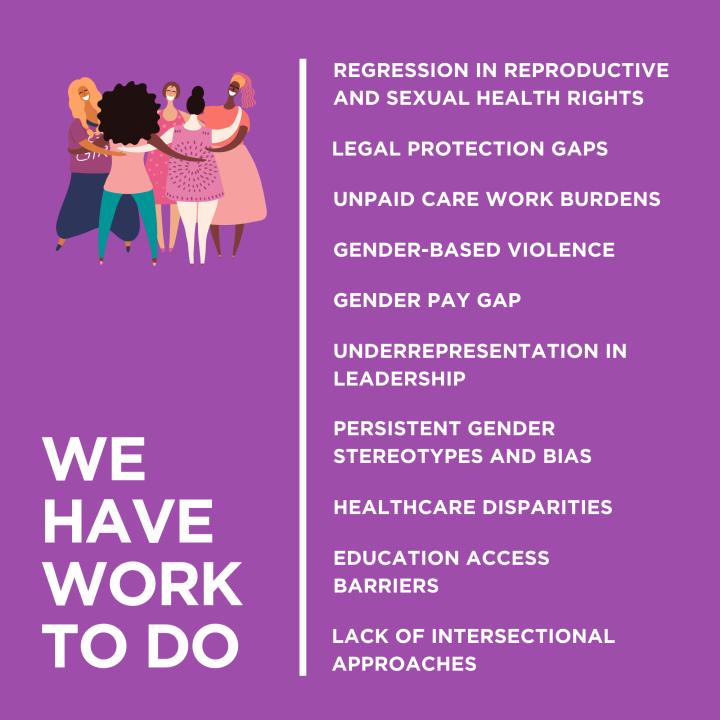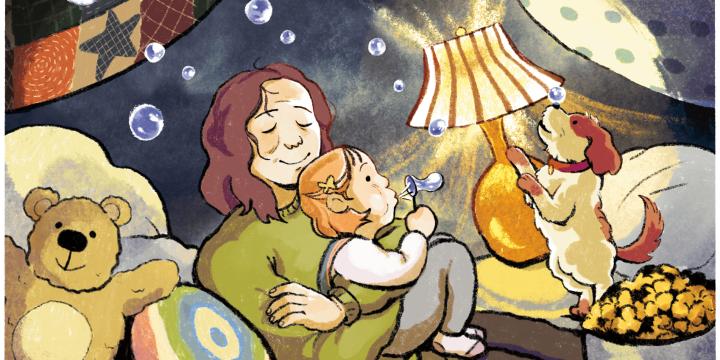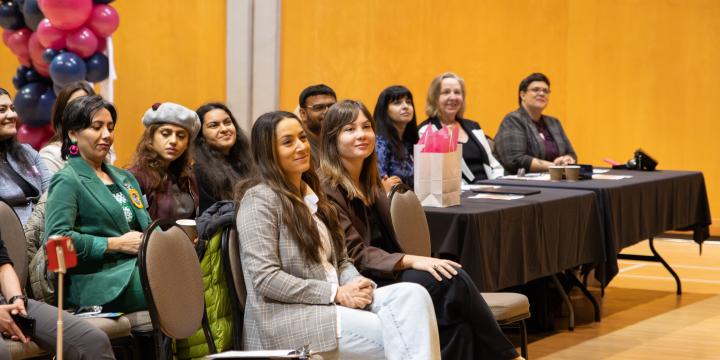
International Women’s Day is a time to recognize all that women have achieved, celebrating the social, economic, cultural and political achievements of women in all their diversity, around the globe. It’s a moment to recognize the strides we’ve made in areas like leadership, education and activism, thanks to the unstoppable trailblazers worldwide who have shattered ceilings and paved the way for future generations.
But amidst the celebrations, it’s also crucial to acknowledge the persistent barriers that continue to hinder women's full participation and empowerment. From the gender pay gap and underrepresentation in leadership to the prevalence of gender-based violence and systemic discrimination. International Women's Day serves as a reminder of the progress we have made and the work that still lies ahead to ensure that every woman and girl can realize her full potential and live free from discrimination and oppression.
The United Nations theme for International Women’s Day 2024 is “Invest in Women: Accelerate Progress,” with the message that by investing in women, we can spark change and speed the transition towards a healthier, safer, and more equal world for all. However, progress is not linear. On a global level, there’s been little movement on gender equality since the Sustainability Development Goals were set in 2015. Around the world, women continue to be disproportionately affected by poverty with fewer opportunities than men to pursue an education, work, or own property. If current trends continue, more than 342 million women and girls could be living extreme poverty by 2030.
In a speech ahead of last year’s International Women’s Day, on March 7, 2023, the United Nations Secretary General António Guterres said that the progress toward gender equality is “vanishing before our eyes” and that despite all our progress, true gender equality is still “300 years away”.
Reproductive and sexual health rights
Women’s bodies continue to be policed by governments, impacting their physical and mental well-being, their access to education and their economic stability. Today, over 1.2 billion women and girls of reproductive age live in countries and areas with restricted access to safe abortion, and many face barriers accessing safe sexual and reproductive health care. Without the option of choice, many women are forced to leave education or face barriers accessing education, have unaccounted and unsustainable financial strains, face exclusion from support systems for cultural or religious reasons or face mental health struggles without access to support.
This is not a far-removed phenomenon. In recent months we have seen continuous regression in women’s reproductive rights in our own backyard. The Alabama Supreme Court issued a ruling on February 16, 2024, declaring that embryos created through in vitro fertilization (IVF) should be considered children, putting a halt to IVF treatments. This has impacted the rights of thousands of women whose only option to have a child was through IVF. Twenty-one American states ban abortion or restrict abortion earlier in pregnancy. As well as the impacts of abortion on women, if abortion is banned throughout the United States, research has estimated that the overall number of maternal deaths would rise by 24%, with disproportionate impacts on Black women increasing that number to 39%.
Here in Canada, women living in rural and remote communities experience disproportionate and inequitable access to sexual and reproductive health care. Constraints over distance, cost, and time prevent universal access, with women in Indigenous communities more acutely impacted.
Gender-based violence
Gender-based violence is a global pandemic with an estimated 736 million women—almost one in three women aged 15 and older — having been subjected to physical and/or sexual intimate partner violence, non-partner sexual violence, or both at least once in their life.
In Canada, thousands of women and gender-diverse people are forced to stay in violent situations as the country faces increasing rates of gender-based violence, coupled with the lack of affordable housing and the ever-increasing cost of living. Between 2011 and 2021, police reported 1,125 gender-related homicides of women and girls in Canada, with only 1% of murders committed by a stranger. These deaths are often the result of women having nowhere to go when they are in danger in the one place they should be safe—their homes. Indigenous women are disproportionately affected by gender-based violence and are twice as likely to experience violence from an intimate partner. Indigenous women make up 16% of all female homicide victims, and 11% of missing women, yet Indigenous people make up only 4.3% of the population of Canada.
Gender pay gap
Limited access to education, financial literacy and unequal career progression, environmental and political instability, and life events such as having children, all contribute to the gender pay gap. Factors vary worldwide, but on average, the gender pay gap is estimated at around 20% globally. With minimal progress between 2022 and 2023, women still earn less money over the span of their working lives than men.
Often overlooked are the unpaid responsibilities and roles that are unofficially assigned to women. Across the world, women and girls are performing more than three-quarters of the total amount of unpaid care work and “invisible labour”. Mothers are often the primary carers for their children, often stepping away from work for periods of time – in some cases without parental leave. . This is a significant financial strain on low-income families and single mothers, who must manage child minding, financial demands and job progression. Women are also often the carers of their elderly or disabled relatives. According to research, employed women spend about 2.3 hours daily on household work. For employed men, this figure is 1.6 hours, with entrenched gender roles ensuring the behaviour passes from one generation to the next. In developing countries, that number goes up to 42 hours of unpaid work per week for women, severely impacting their access to education or paid work.

Progress is not linear, but we don’t give up. We must all do what we can and use our voices to better our communities. At YWCA Metro Vancouver, we are aware of the barriers women and gender-diverse people face in our communities. We believe in a holistic approach to combat the systemic issues impacting our communities. We utilize a hub model, where families can often access housing, personal support, child care, connections to resources and subsidies, and even training and employment programs – all under one roof or in proximity. The issues facing women are not disjointed, nor can we deal with them as such. Education, economic stability, stable housing and health supports are all interconnected and necessary for a prosperous life.

